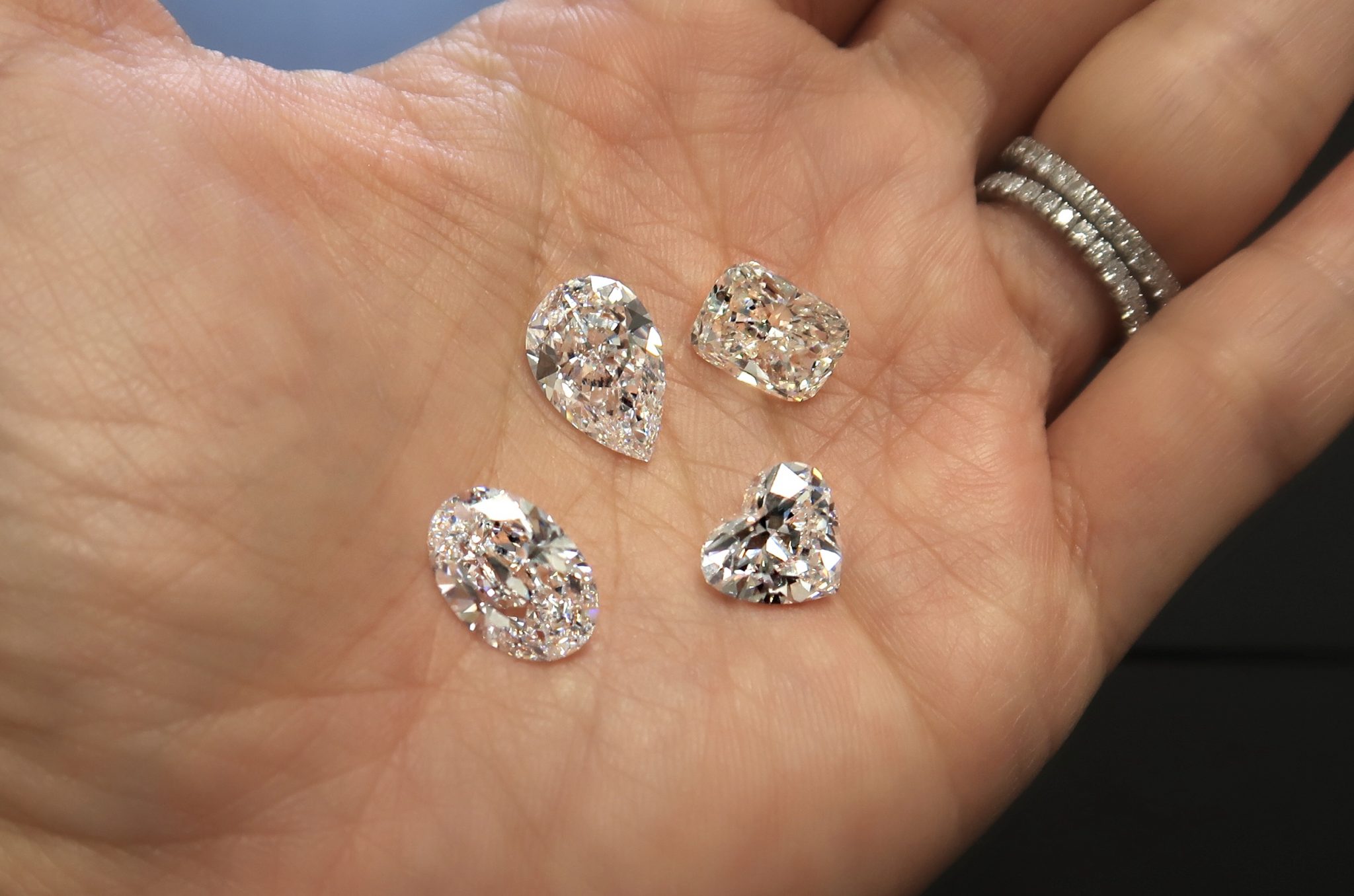
In the world of luxury and elegance, diamonds have always held a special place. However, with concerns about ethical sourcing, environmental impact, and affordability, the demand for diamond substitutes has been on the rise. This comprehensive guide delves into the various alternatives to diamonds, their characteristics, pros and cons, and how they stack up against the real deal.
Table of Contents
1. Understanding the Need for Diamond Substitutes
Ethical Concerns
Environmental Impact
Affordability
The introduction of this article raises important questions about the necessity of diamond substitutes. Why are people turning to alternatives? Is it purely a matter of cost lab grown diamonds, or are there deeper ethical and environmental concerns at play? By addressing these questions upfront, readers are drawn into the discussion, setting the stage for a detailed exploration of diamond substitutes.
2. Types of Diamond Substitutes
Moissanite
Cubic Zirconia (CZ)
White Sapphire
Lab-Grown Diamonds
Colored Gemstones
This section provides an overview of the most popular diamond substitutes available in the market. Each substitute is examined in detail, highlighting its unique properties, appearance, and suitability for different purposes. By comparing and contrasting these alternatives, readers gain a better understanding of their options when considering non-diamond jewelry.
3. Pros and Cons of Diamond Substitutes
Pros
- Affordability
- Ethical Sourcing
- Environmental Friendliness
Cons
- Durability
- Brilliance and Fire
- Social Perception
Here, the article delves deeper into the advantages and disadvantages of choosing diamond substitutes over natural diamonds. By presenting a balanced view, readers can weigh the benefits against the drawbacks and make informed decisions based on their priorities and values.
4. Making the Choice: Factors to Consider
Budget
Occasion
Personal Preferences
This section guides readers through the decision-making process, outlining key factors to consider when choosing between diamonds and their substitutes. By addressing practical considerations such as budget and occasion, as well as personal preferences regarding aesthetics and ethics, the article empowers readers to make choices that align with their values and lifestyle.
5. The Future of Diamond Substitutes: Trends and Innovations
Advancements in Lab-Grown Diamonds
Sustainable Alternatives
Customization and Personalization
In the final section, the article looks ahead to the future of diamond substitutes, exploring emerging trends and innovations in the industry. From advancements in lab-grown diamonds to the rise of sustainable alternatives and the growing demand for customization, readers gain insights into what the future holds for non-diamond jewelry.
In conclusion, the world of diamond substitutes offers a wealth of options for consumers seeking ethical, affordable, and environmentally friendly alternatives to natural diamonds. By understanding the various types of substitutes available, weighing their pros and cons, and considering key factors such as budget and personal preferences, individuals can make choices that reflect their values and style. As the industry continues to evolve and innovate, the future of diamond substitutes looks brighter than ever, promising exciting possibilities for those in search of beauty without compromise.








